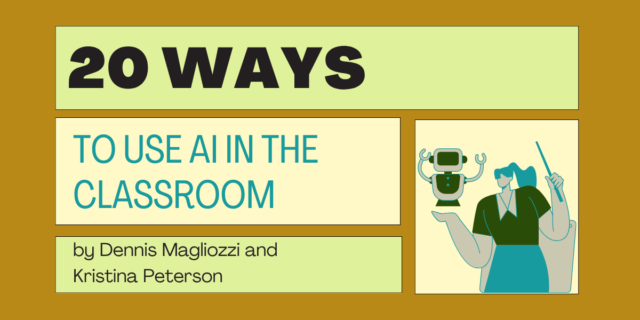 Ralph Fletcher has been a mentor to teachers and young writers everywhere. He has helped hundreds of thousands of teachers understand the importance of letting go and trusting their writers. Ralph's professional books are part of this tradition.
Ralph Fletcher has been a mentor to teachers and young writers everywhere. He has helped hundreds of thousands of teachers understand the importance of letting go and trusting their writers. Ralph's professional books are part of this tradition.
His newest book, Focus Lessons, helps teachers use the natural links between writing and photography to enhance their instruction. Another recent title, Joy Write, explores the value of giving students time and autonomy for the playful, low-stakes writing that leads to surprising, high-level growth.
Learn more about Ralph at his website RalphFletcher.com and follow him on Twitter @FletcherRalph.
 Carl Anderson is an internationally recognized expert in writing instruction for Grades K-8, working as a consultant in schools and districts around the world. A long-time Staff Developer for the Teachers College Reading and Writing Project, Carl is the author of numerous books on teaching writing, including the bestselling How’s It Going? A Practical Guide to Conferring with Student Writers.
Carl Anderson is an internationally recognized expert in writing instruction for Grades K-8, working as a consultant in schools and districts around the world. A long-time Staff Developer for the Teachers College Reading and Writing Project, Carl is the author of numerous books on teaching writing, including the bestselling How’s It Going? A Practical Guide to Conferring with Student Writers.
His latest book, A Teacher's Guide to Writing Conferences, is part of the Classroom Essentials series. Full of classroom video, the book helps teachers understand the underlying principles and reasons for conferring with students, and how to make writing conferences a part of teachers' daily routines.
Follow Carl on Twitter @ConferringCarl




